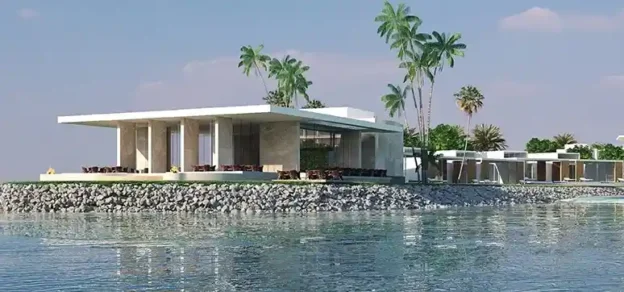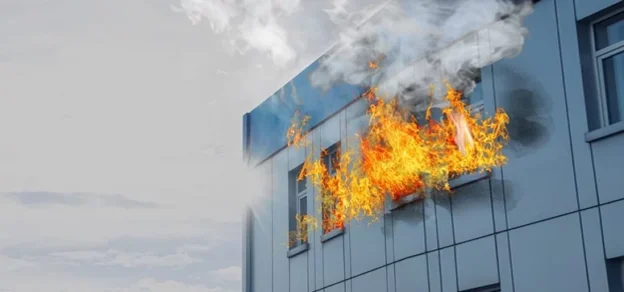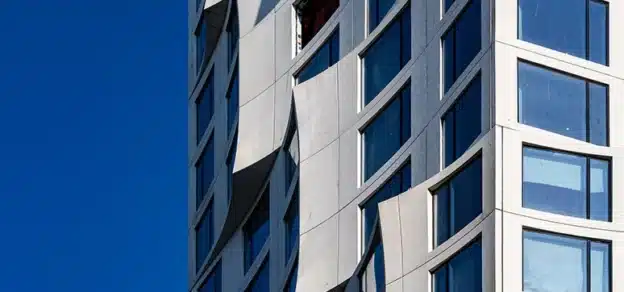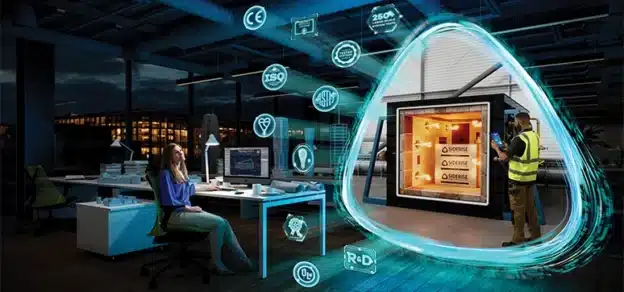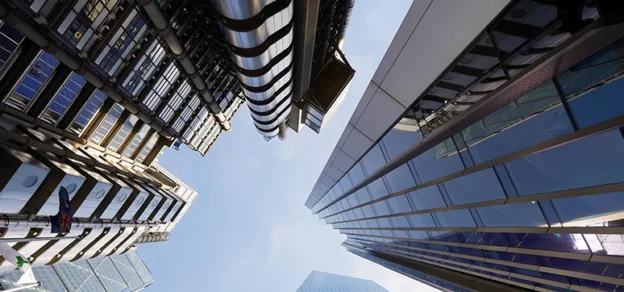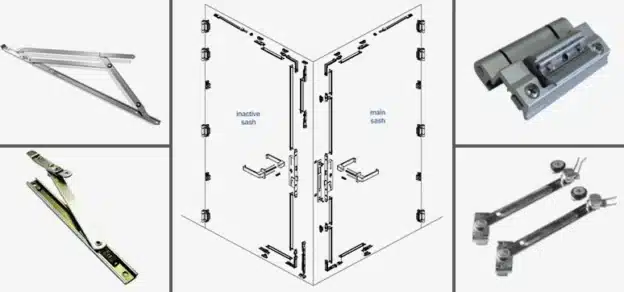There is a perception that modern buildings are much safer from the risk of fire than the buildings of the past due to various fire prevention equipment and safety norms being implemented in the construction of buildings. But the reality is different, as today’s buildings have more chance of spreading fire than in the past due to increased usage of material in various building applications that catches and spread fire rapidly like plastic and synthetic substance than the natural material.

Further to this, due to the urbanisation and huge infrastructure developments, buildings are situated so close which has increased the chances of spreading the fire to a larger area. In recent times we have witnessed scary and painful fire accidents that resulted in the loss of lives and property. These tragic accidents have triggered government and industry attention on how to improve existing fire safety measures.
In India, we have National Building Code for fire and life safety. Part 4 of the code covers the detailed guidelines for construction, maintenance and fire safety of the structures. This includes requirements for fire prevention and life safety in relation to fire protection of buildings. It specifies occupancy-wise classification, constructional aspects, egress requirements and protection features that are necessary to minimise danger to life and property from fire.

At the same time, we need to understand that forming by-laws by the government alone can not fulfil the objective of fire safety. These norms should be practised by the builders, architects and construction consultants while designing and constructing the buildings. We need to understand that there are many components/ articles in the building which are combustible in nature and spread fire rapidly like synthetic furniture/ furnishings, wood etc. In this case, uPVC is neither better nor worse than most.
Accidents may occur at any place but preventive measures can be taken to minimise the damage. Fire protection planning is a systematic approach involving construction as per by-law and using fireproof/ retardant construction material. Nowadays, the industry as a whole is showing a great sense of responsibility towards this danger. Modern buildings are constructed in such a way which can help in delaying the fire from spreading to other areas of the building. Like compartmentalisation of the building, usage of fire doors, fire resistant glazing and usage of windows made of uPVC. Installing good quality uPVC windows and doors is one of the various other ways of delaying the fire spread in buildings.
Fire resistance tests are intended to assess the performance of elements of construction for their load-bearing or fire separating properties usually termed their fire resistance – for their regulated use in buildings. Fire testing of material can be further classified as to how the material reacts to fire and how it resists the fire. Reaction to fire means how a material responds to the development and spread of a fire. Typically, reaction to fire is determined by a single material or product. Whereas the Resistance to fire is the ability of a building element to prevent the passage of heat and flames from one side to another. This means that not only a specific material or product but an entire system or building section has to be tested.

There are various international standards for testing and classification of fire properties of building materials. For uPVC – several tests can be done to evaluate its behaviour under fire like ignitability. flammability, surface spread of flame, etc. Fire tests have shown that uPVC materials, being naturally flame retardant throughout their product life, will not cause, support or enhance the development of accidental fire. Fire behaviour for Plastics can be tested as per UL – 94, the Standard for Safety of Flammability of Plastic Materials.
The standard determines the material’s tendency to either extinguish or spread the flame once the specimen has been ignited. Another test – BS 746 Part 7 – measures the rate of spread of a flame front across a material surface, but does not consider emission of toxic smoke and gas. Class 1 is the highest classification, with the slowest rate of spread.
Unlike timber windows, the uPVC sections do not support combustion and are in fact self-extinguishing if the external heat or flame source is removed. uPVC has low inflammability and a low rate of heat release. This quality prevents the promotion of fire spread and therefore it is significantly positive for fire safety. KOEMMERLING, being one of the leading uPVC windows and doors brand, has tested its profiles and window systems to determine fire behaviour. The special profile compound archives rating V-0 as per UL-94 and fulfils Class 1 fire resistance (i.e. most resistant) as defined in BS 476: Part 7.
Bushfires are natural phenomena and unpredictable in nature. Therefore, the need to protect both human life and building against a bushfire is essential. Kommerling C70 Gold and Premidoor system have been designed and successfully tested according to the requirements of AS 3959: 2009 and AS 1530.8.1: 2007, for use in Australia‘s bushfire prone areas. Therefore, KOEMMERLING uPVC profiles are an effective means for preventive fire protection.




